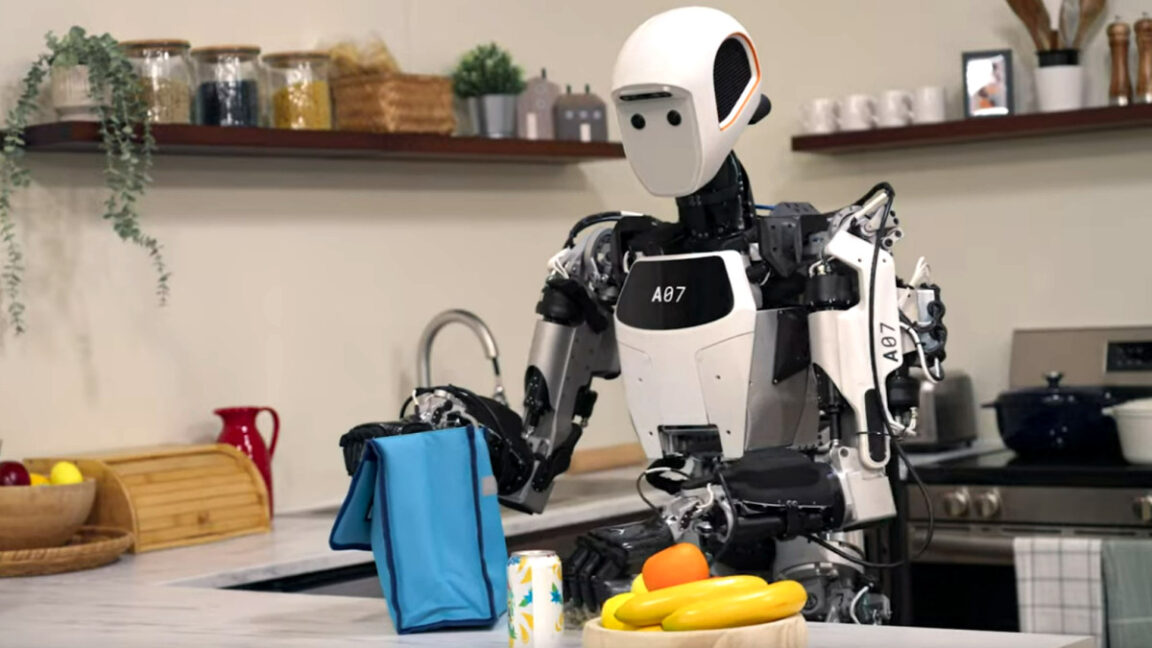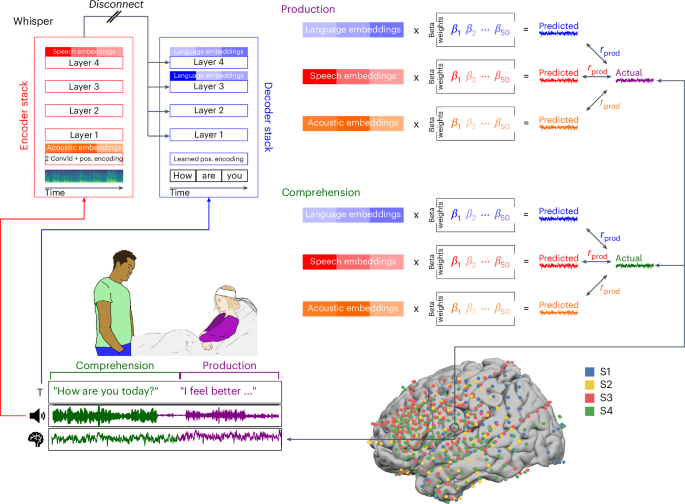Parahelp: Building AI Coworkers That Replace Human Support Agents

Parahelp is building an AI-powered support agent for software companies. Their agent uses existing infrastructure (Slack, Stripe, etc.) to resolve support tickets end-to-end, aiming to fully replace human support agents. They believe context, not intelligence, will be the bottleneck for future AI coworkers. Launched in August 2024, Parahelp is backed by Y Combinator and prominent investors, and already works with leading companies like Perplexity and Framer.


















